How to Use Polarizing and Split ND filters for Landscape Photography
Check out Magic Light from Tim Cooper
Covers Everything from Shooting, using on-camera filters, understanding light, and extra shooting tips. Also covers some basic post production, photo fusion and HDR techniques for landscape photography.
Magic light. Sweet light. Sunset and sunrise. This famed light goes by many names but is known to all landscape photographers as on of the best time to make images. This warm light is soft enough to lower contrast but directional enough to define the landscape. Join Tim Cooper as he explains exactly how to use this light to make stunning and dynamic photographs of the natural world.
This video begins with a study of the aspects of light that pertain to photographers- angle, quality, and color. Tim demonstrates how light affects our images at different times of day and under various atmospheric conditions. Making great landscape photos will often require a little planning so Tim explains the differences between Civil Twilight, Nautical Twilight, Sunrise and Sunset so that you can be in the right location at exactly the right time.
PS Don’t forget to follow us on Social Media for more tips.. (I've been posting some fun Instagram and Facebook Stories lately)
You can get my free Layer Blending modes ebook along with dozens of exclusive Photoshop Goodies here

2 thoughts on “How to Use Polarizing and Split ND filters for Landscape Photography”
Leave a Reply
How to create rock textures in Photoshop. It's surprising how you can create stunning photorealistic rock and stone texture so...
How to make a super realistic shadow in Photoshop, step by step tutorial
How to resize or crop a picture to the best size for Instagram in 2022 using Adobe Photoshop, easy to...

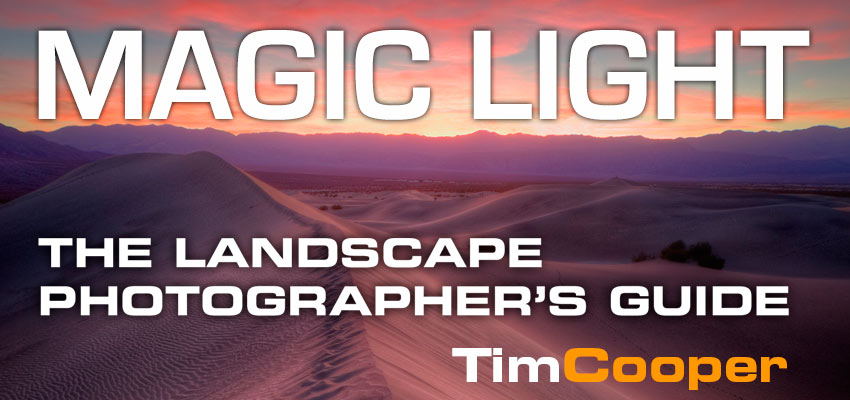
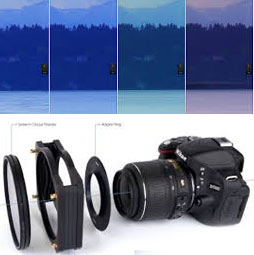
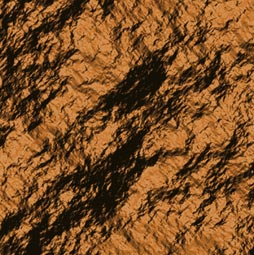




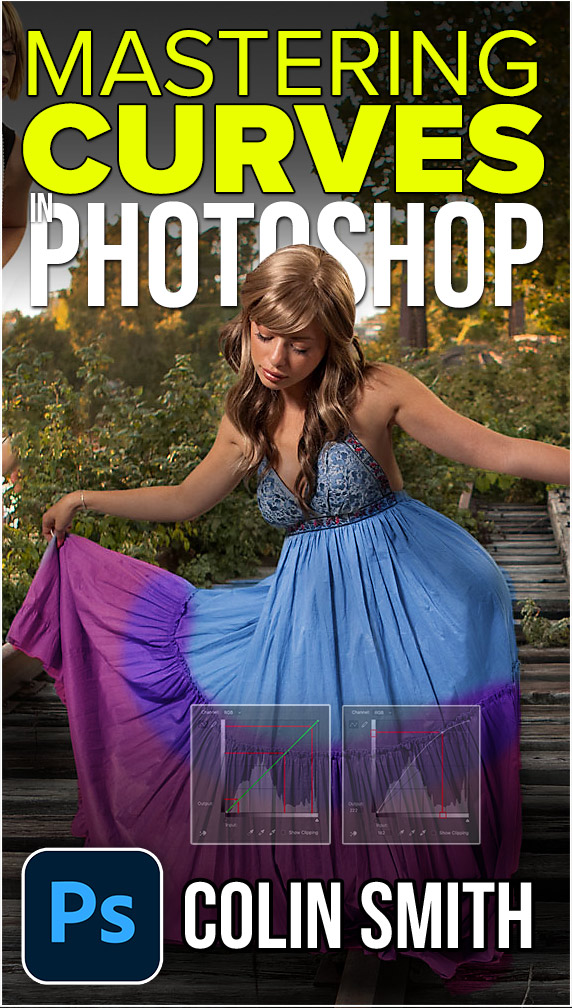
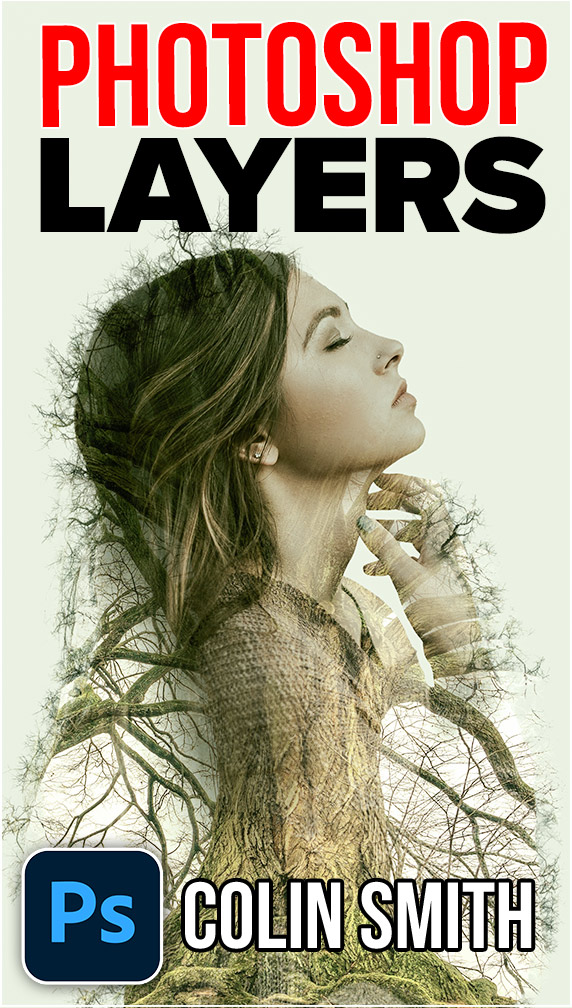




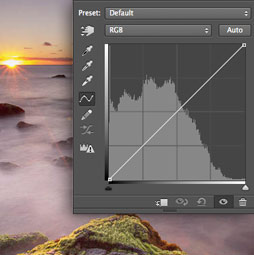


Thanks for an absolutely great tutorial on the use of the Polarizing filter and the alternatives of using neutral density filters in the field versus bracketing exposure in the field and then blending the images together in Photoshop. I’ve always used a B&W Polarizer on my Nikon F6 / 24-70mm f2.8 – but I can see that there was a lot of finesse in using the filter that I was oblivious to.
I also like the concept of bracketing exposure in the field and then blending the shots in Photoshop versus purchasing and lugging around more gear to use ND filters in the field.
An outstanding tutorial on these subjects – much appreciated!